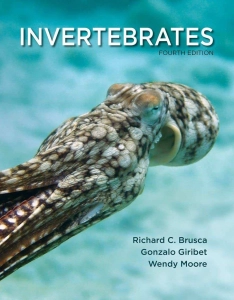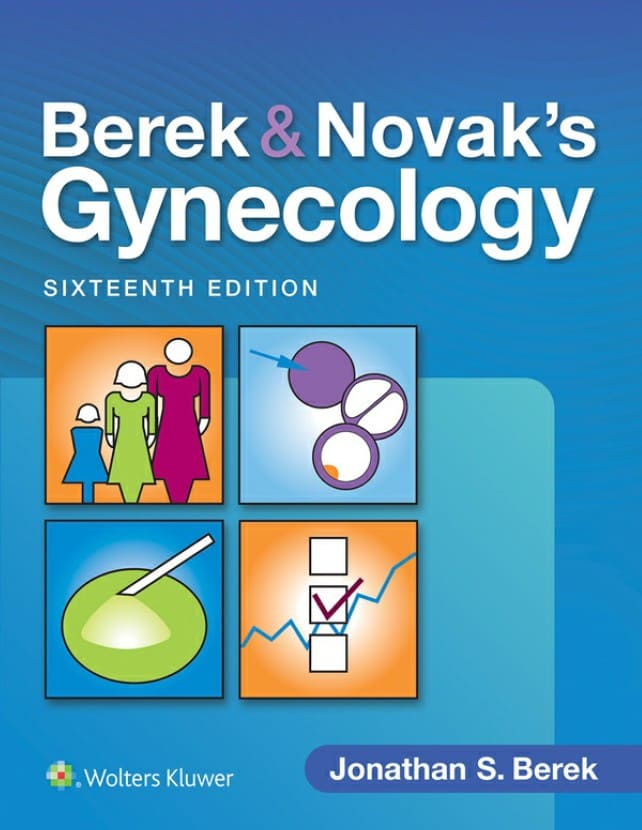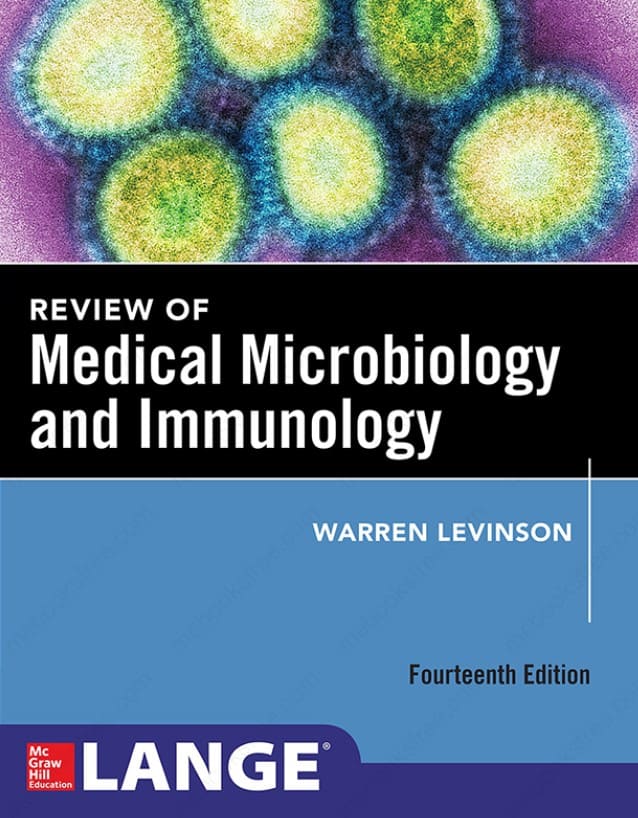 Download Invertebrates (4th edition) by Richard C. Brusca, Gonzalo Giribet & Wendy Moore.
Download Invertebrates (4th edition) by Richard C. Brusca, Gonzalo Giribet & Wendy Moore.
“Invertebrates (4th Ed.)” by Richard C. Brusca, Gonzalo Giribet, and Wendy Moore is a landmark text that continues to set the standard for comprehensive coverage of invertebrate zoology. This edition is a significant update that reflects the dynamic nature of the field, incorporating recent scientific advances while maintaining the rigorous yet accessible style that has made previous editions so valuable.
The textbook spans a vast range of invertebrate groups, providing detailed examinations of their anatomy, physiology, ecology, and evolutionary history. Each phylum is treated with the depth it deserves, with the authors providing insights into both classical and modern perspectives. The integration of molecular data, particularly in the discussion of phylogenetics, is a notable strength, offering readers a contemporary understanding of invertebrate relationships.
“Invertebrates” excels as a teaching resource. The text is well-organized, with a logical flow that guides the reader from basic concepts to more complex ideas. The inclusion of learning aids, such as chapter summaries, key concepts, and review questions, makes it particularly suited for students who are navigating the complexities of invertebrate biology. The clear explanations are complemented by a rich array of diagrams and photographs, which not only illustrate key points but also bring the subject matter to life.
The visual presentation of the book is outstanding. High-quality images, ranging from detailed anatomical drawings to vivid photographs of live specimens, are plentiful and thoughtfully placed. These visuals do more than just decorate the pages; they serve as crucial educational tools that enhance the reader’s understanding of invertebrate structure and function.
One of the most impressive aspects of this edition is its up-to-date content. The authors have meticulously incorporated recent discoveries, particularly in the areas of genomics and evolutionary biology, ensuring that readers are exposed to the latest scientific developments. This makes the textbook not only a comprehensive introduction for students but also a valuable reference for researchers and educators.
Contents
- Introduction
- Systematics, Phylogeny, and Classifications
- Introduction to the Animal Kingdom: Animal Architecture and Body Plans
- Introduction to the Animal Kingdom: Development, Life Histories, and Origin
- Phylum Porifera: The Sponges
- Two Enigmatic Phyla: Placozoa and Ctenophora (The Comb Jellies)
- Phylum Cnidaria: Anemones, Corals, Jellyfish, and Their Kin
- A Brief Introduction to the Bilateria and Its Major Clades
- Phylum Xenacoelomorpha: Basal Bilaterians
- Protostomia, Spiralia, and the Phylum Dicyemida
- Gnathifera: The Phyla Gnathostomulida, Rotifera (including Acanthocephala), Micrognathozoa, and Chaetognatha
- Platytrochozoa and Two Enigmatic Phyla: Entoprocta and Cycliophora
- Introduction to the Lophotrochozoa, and the Phylum Mollusca
- Phylum Nemertea: The Ribbon Worms
- Phylum Annelida: The Segmented (and Some Unsegmented) Worms
- The Lophophorates: Phyla Phoronida, Bryozoa, and Brachiopoda
- Rouphozoa: The Phyla Platyhelminthes (Flatworms) and Gastrotricha (Hairy-Bellied Worms)
- Introduction to Ecdysozoa: Scalidophora (Phyla Kinorhyncha, Priapula, Loricifera)
- Nematoida: Phyla Nematoda and Nematomorpha
- Panarthropoda and the Emergence of the Arthropods: Tardigrades, Onychophorans, and the Arthropod Body Plan
- Phylum Arthropoda—Subphylum Crustacea: Crabs, Shrimps, and Their Kin
- Phylum Arthropoda—Subphylum Hexapoda: Insects and Their Kin
- Phylum Arthropoda—Subphylum Myriapoda: Centipedes, Millipedes, and Their Kin
- Phylum Arthropoda: Subphylum Chelicerata
- Introduction to Deuterostomia, and the Phylum Hemichordata
- Phylum Echinodermata: Starfish, Sea Urchins, Sea Cucumbers, and their Kin
- Phylum Chordata: Cephalochordata and Urochordata
- Perspectives on Invertebrate Phylogeny
Download Invertebrates (4th edition) by Richard C. Brusca, Gonzalo Giribet, and Wendy Moore in pdf from following download links.
Password for Download Links: biology.com.pk
File Size: 35.1 MB. Pages: 1105. Download Instructions. Kindly read the disclaimer.
You can also purchase Invertebrates (4th edition) by Richard C. Brusca, Gonzalo Giribet, and Wendy Moore from Amazon by clicking the image below.
You may also like to download the following books:
- Integrated Principles of Zoology (19th International Student Ed.) by Cleveland P. Hickman, Susan L. Keen, David J. Eisenhour, Allan Larson, and Helen I’Anson
- The Living World (11th Ed.) by George Johnson and Joel Bergh
- Biology of Humans Concepts, Applications, and Issues (6th Ed.) by Judith Goodenough and Betty McGuire
Download Hundreds of Best-Selling Biochemistry, Biology, Medical, Microbiology, Psychology and Sociology Books from Download Books.
Happy studying!





